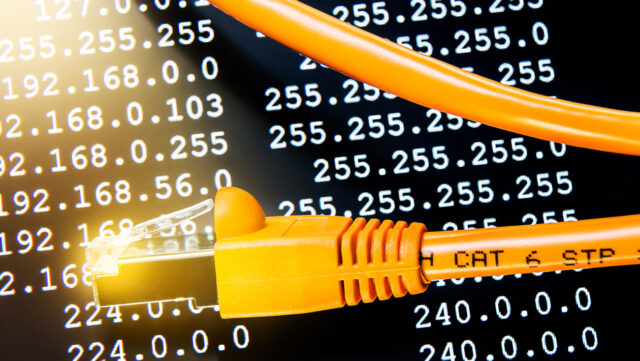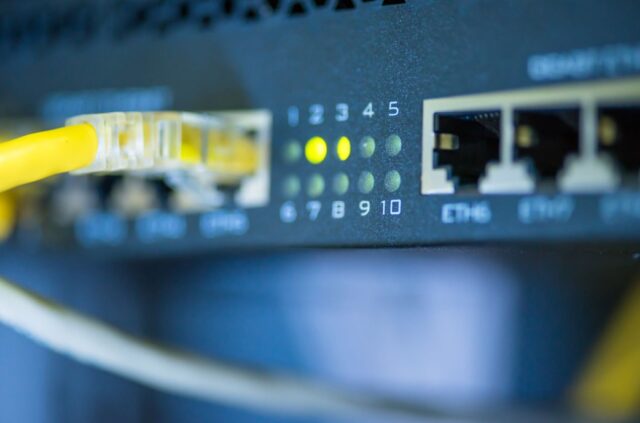
The Internet Protocol (IP) address is a unique numerical label assigned to every device connected to the internet. It serves as a way to identify and communicate with devices across the internet.
But can you use the internet without an IP address? In this article, we will explore the answer to this question.
What Is an IP Address?
An IP address is a unique numerical label assigned to every device connected to the internet. It serves as a way to identify and communicate with devices across the internet. An IP address is made up of four numbers separated by dots, for example, 192.168.0.1.
There are two versions of IP addresses ─ IPv4 and IPv6. IPv4 addresses are the most commonly used and consist of 32-bit numbers. IPv6 addresses consist of 128-bit numbers and were developed to accommodate the growing number of internet-connected devices.
Can You Use the Internet Without an IP Address?

No, you cannot use the internet without an IP address. An IP address is necessary for communication between devices over the internet. When you visit a website, your computer sends a request to the website’s server using its IP address. The server then responds by sending the requested information back to your computer using your IP address.
In addition, even if you are not directly connected to the internet, your device still needs an IP address to communicate with other devices on your local network. This is necessary for devices to share files, printers, and other resources.
Alternative Internet Protocols
While IP is the most common protocol used for communication over the internet, there are alternative protocols that don’t require an IP address. These protocols are typically used for specialized applications or specific use cases, but they do offer an alternative to IP-based communication.
One such protocol is called Named Data Networking (NDN). Instead of relying on IP addresses, NDN uses content names to route data packets. This means that users can access content without needing to know the IP address of the server hosting that content. NDN is still in its experimental stages and isn’t widely used, but it shows promise as an alternative to IP-based communication.
Dynamic Vs. Static IP Addresses

There are two types of IP addresses ─ dynamic and static. Dynamic IP addresses are assigned to devices by an internet service provider (ISP) and can change over time. Static IP addresses are manually assigned to a device and do not change. By the way, you can see your IP addresses for all your devices by performing an IP address lookup.
Dynamic IP addresses are more common as they are easier to manage and less expensive for ISPs. However, they can cause issues when trying to connect to a device remotely, as the IP address may have changed since the last time you connected.
Static IP addresses are more commonly used in business settings, where it is necessary to have a fixed IP address for remote access or hosting a website.
In conclusion, an IP address is necessary for using the internet. Without it, devices cannot communicate with each other over the internet. Dynamic and static IP addresses are used to identify devices, with dynamic IP addresses being more common due to their ease of management.







